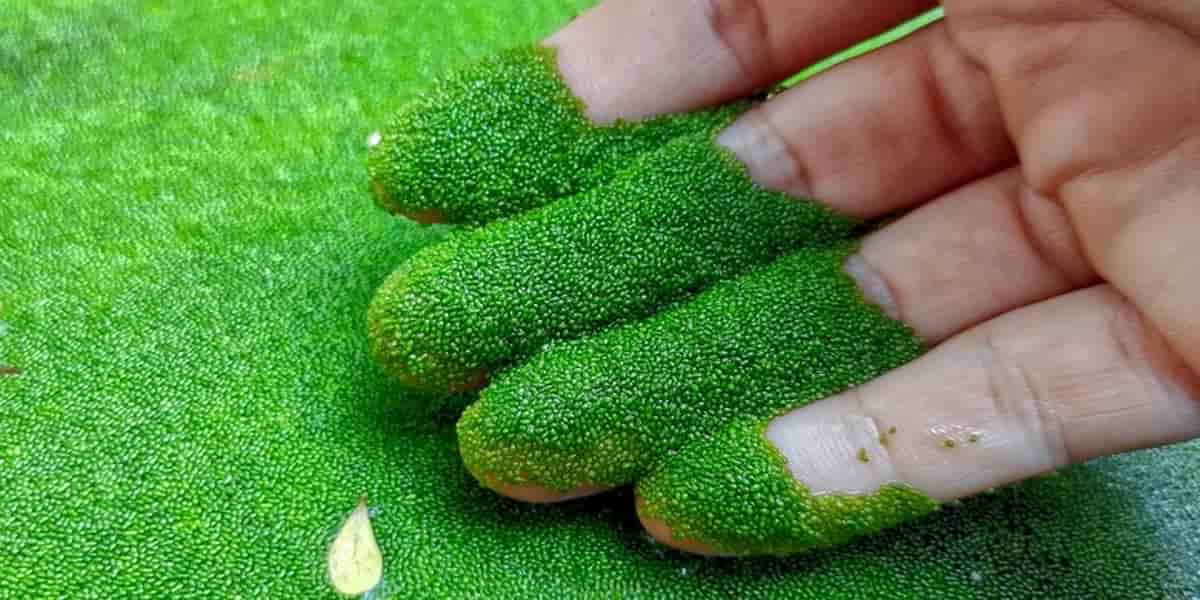Asian Watermeal: The World’s Smallest Fruit
Doodlebrary
- Smallest Fruit in the World:
- Asian watermeal (Wolffia arrhiza) is recognized as the smallest fruit-bearing plant on Earth.
- Each individual fruit is about 0.5 to 1 millimeter in size.
- Belongs to the Duckweed Family:
- It is a species of the duckweed family, known for floating on the surface of still water.
- Lacks traditional plant features like roots and stems, and is simply a flat, green, leaf-like structure.
- Simple Yet Efficient Structure:
- Consists of a single green disk that performs photosynthesis, enabling the plant to generate energy and sustain growth.
- Reproduces quickly through budding, where a new plant grows out from the parent plant.
- Rapid Reproduction:
- Grows rapidly under favorable conditions, forming dense mats on water surfaces.
- These mats help the plant spread efficiently, allowing it to dominate in ponds and lakes.
- Ecological Significance:
- Provides shelter and habitat for small aquatic organisms.
- Can affect aquatic ecosystems by blocking sunlight to submerged plants and reducing oxygen levels in water.
- Nutritional Richness:
- Contains high levels of protein, essential vitamins, and minerals.
- Used in some parts of Asia as a dietary supplement, often in soups and other dishes.
- Potential for Future Use:
- Scientists are researching its potential as a sustainable food source due to its rapid growth and nutritional content.
- Could be utilized for water purification projects due to its ability to absorb excess nutrients from water.
- Environmental and Scientific Interest:
- Its rapid growth rate makes it a potential resource for addressing food security.
- Holds promise for contributing to environmental sustainability through both its growth properties and water purification capabilities.
- Tiny Yet Impactful:
- Despite being the smallest fruit in the world, the Asian watermeal plays a significant role in both ecological systems and human nutrition.
- Its role as a tiny yet efficient plant highlights the potential of microflora in tackling larger global issues.
